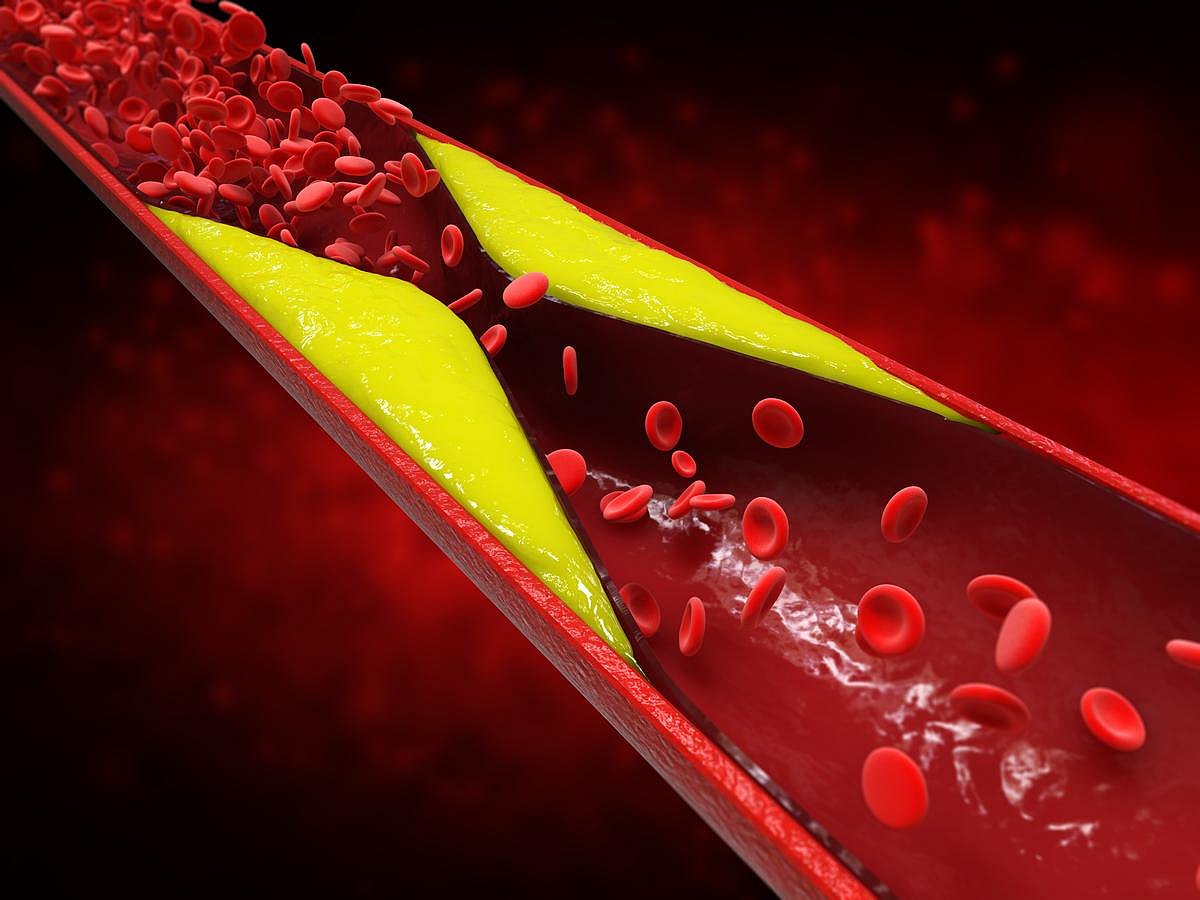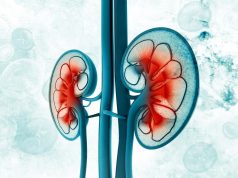Lowest tertile of dietary index associated with high-risk plaque features, with waist circumference, triglycerides, hypertension as possible mediators
By Elana Gotkine HealthDay Reporter
TUESDAY, July 1, 2025 (HealthDay News) — A low-fiber diet with high red-meat content is associated with high-risk plaque features, according to a study published online June 16 in Cardiovascular Research.
Ingrid Larsson, R.N., Ph.D., from the University of Gothenburg in Sweden, and colleagues examined how diet is associated with coronary atherosclerosis, including plaque features, in a cross-sectional study using data from the Swedish CArdioPulmonary BioImage Study including 24,079 adults aged 50 to 64 years free of clinical cardiovascular disease, recruited in 2013 to 2018. A dietary index (DI) was constructed based on a previously published anti-inflammatory DI including a high proportion of plant-based foods and low in red or processed meat and sugar-sweetened beverages.
Compared with the highest DI tertile, the lowest tertile was associated with younger age, a higher proportion of men, higher high-sensitive C-reactive protein, more cardiometabolic risk and smokers, higher alcohol intake, and higher energy intake. The researchers found that coronary plaques were present in 36.3 and 44.3 percent in the highest and lowest DI tertiles, respectively; stenosis ≥50 percent was present in 3.7 and 6.0 percent; and noncalcified coronary plaques with stenosis ≥50 percent were present in 0.9 and 1.5 percent, respectively. After adjustment for age, sex, and smoking, the lowest tertile of DI was associated with high-risk plaque features, with waist circumference, triglycerides, and hypertension as possible mediators in multivariable analyses.
“We hope that the results of this study can encourage more proactive prevention measures and early interventions, for instance on diet,” lead author Isabel Goncalves, M.D., Ph.D., from Skåne University Hospital in Sweden, said in a statement.
Copyright © 2025 HealthDay. All rights reserved.








